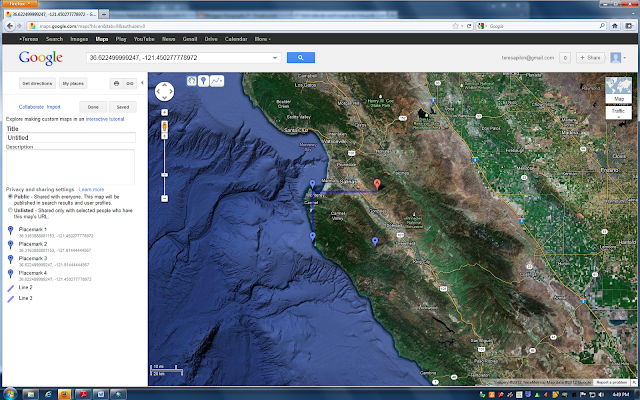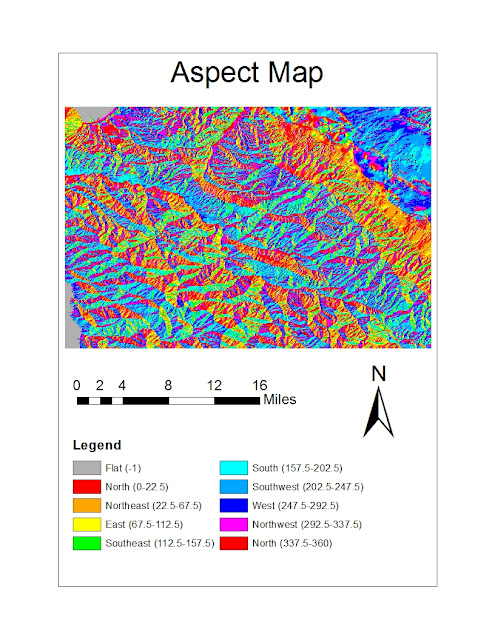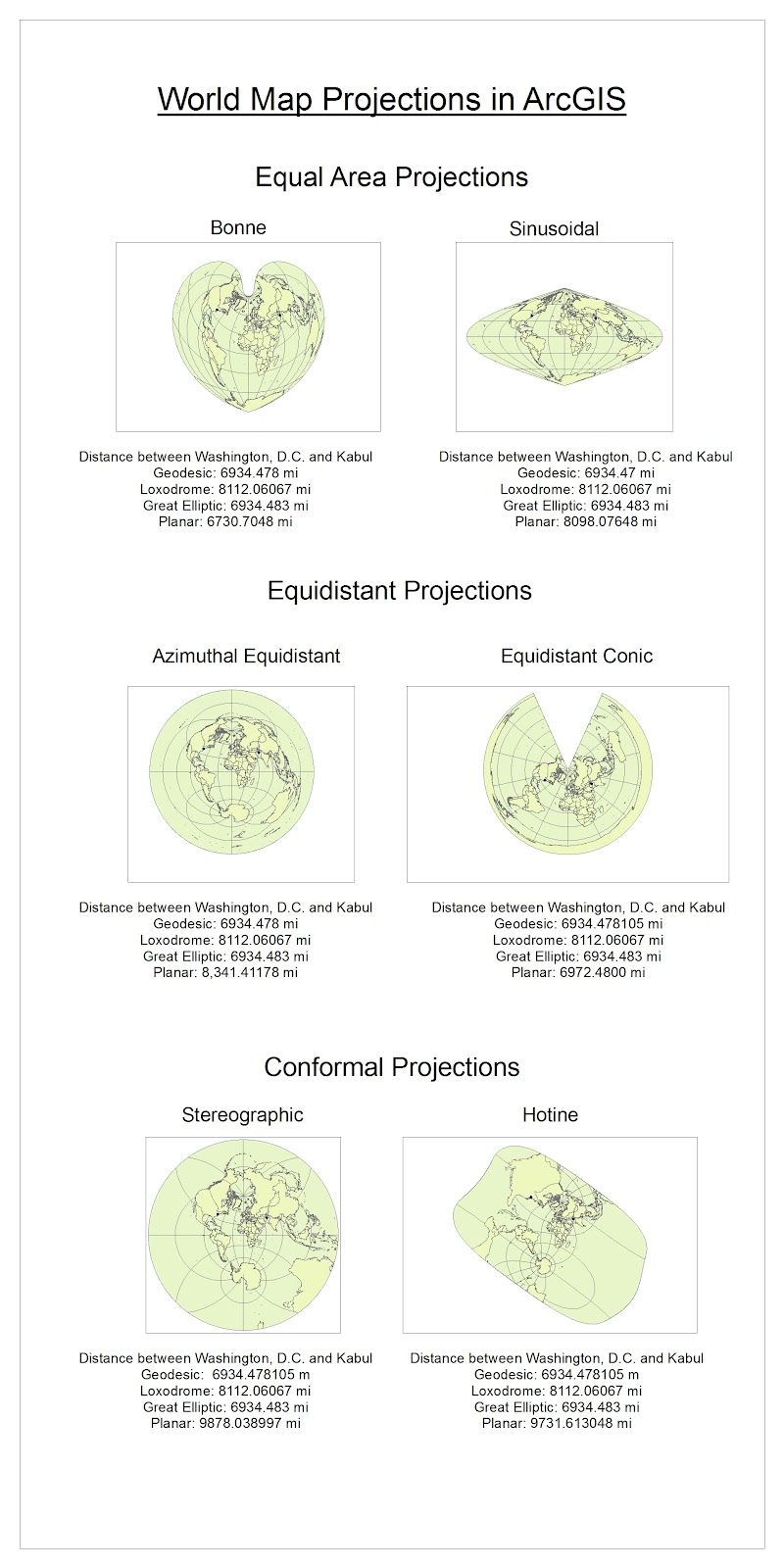Reference Maps: Extent of the 2009 Station Fire and Los Angeles County School Districts bordering the Station Fire
Theme Map: Los Angeles County Schools and School Districts that closed schools or limited outside activity during the 2009 Station Fire
According to the USDA Forest
Service, the Station Fire began around 3:15 pm PST on Wednesday, August 26,
2009 near the Angeles Crest Fire Station.
The Station Fire’s starting point was located on the Angeles Crest
Highway in the southern region of Angeles National Forest, north of the cities
of Glendale and Los Angeles. According to ABCnews Los Angeles, the fire
began spreading rapidly on the afternoon of Thursday, August 27. As seen
by the above maps, the fire spread several miles to the north, east, and west,
but very little south. The fire initially spread to the north and west,
as seen by its extent at 0025 on August 30, 2009. The fire continued
spreading west throughout its expansion, but began spreading much further east
as well, as exemplified in the above maps by the fire’s extents as of 2114 on
August 30, 2009 and 0702 on September 2, 2009. The Station Fire first
spread north and northwest, and then continued growing eastward. The fire
burned mostly in Angeles National Forest, but affected urban areas outside the
forest boundary as well. The Station Fire covered the largest extent of
its area between August 30 and September 2, 2009 as shown by these maps.
Given the spreading fire pattern, areas to the north of the fire’s starting
point were under the greatest threat. The more populated areas of Los
Angeles County, along with the county’s most schools, however, lie south of the
fire.
On September 3, 2009, officials
announced arson as the cause of the fire. By September 19, 2009,
firefighting efforts had contained 91 percent of the fire, as reported by
InciWeb. The Station Fire was 100 percent contained by 7:00 pm PST on
Friday, October 16, 2009 due to moderate rainfall in addition to prolonged
efforts by firefighters. By the time it was contained, the Station Fire
had burned 160,557 acres (649.75 km2 ; 251 square miles), making it
the largest wildfire in the history of Los Angeles County and the tenth largest
in the history of modern California, according to the Los Angeles Times.
This theme map shows that Los Angeles County schools were affected by the Station Fire by school closures or limitations in school activities. The Station Fire began before most Los Angeles County schools were in session. For this reason, no schools had to be actively evacuated, but some school openings were delayed. As of 8:13 pm on Saturday, August 29, a little over three days since the fire’s ignition, the Pasadena Star-News reported that all thirty Glendale Unified schools would remain closed through that coming Wednesday, even though classes were supposed to start on Monday, August 31. On August 30, the LAist website reported that La Canada Unified schools would also be postponing their August 31 scheduled opening, and would open on Tuesday, September 1. According to InciWeb, the fire was only 5 percent contained at 9:00 pm PST on August 31, 2009.
This theme map shows that Los Angeles County schools were affected by the Station Fire by school closures or limitations in school activities. The Station Fire began before most Los Angeles County schools were in session. For this reason, no schools had to be actively evacuated, but some school openings were delayed. As of 8:13 pm on Saturday, August 29, a little over three days since the fire’s ignition, the Pasadena Star-News reported that all thirty Glendale Unified schools would remain closed through that coming Wednesday, even though classes were supposed to start on Monday, August 31. On August 30, the LAist website reported that La Canada Unified schools would also be postponing their August 31 scheduled opening, and would open on Tuesday, September 1. According to InciWeb, the fire was only 5 percent contained at 9:00 pm PST on August 31, 2009.
During the
Station Fire, some urban regions of Los Angeles County were evacuated because
the fire was labeled a direct threat to these areas and their residents.
Some Los Angeles County Schools were designated as evacuation centers, most
likely because of their capacity, accessibility, and well-known locations.
On Monday, August 31, ABCnews Los Angeles named La Canada High School, La
Crescenta Valley High School, Golden Valley High School, and Verdugo High
School as emergency evacuation centers. These schools are indicated on
the theme map by lime green octagons. The use of schools as evacuation
centers could further contribute to closures or delays in school openings.
From this theme map and the
information provided on school closures, activity restrictions, and use of schools
as evacuation centers, we can make the hypothesis that wildfires can severely
affect daily life even when the fire is not a direct physical threat to the
region’s buildings and residents. School closures have several civic ramifications,
including affecting taxes, federal funding, the academic calendar, and
education schedules. Further implications of school closures could
include altering family schedules, childcare needs, access to meals, and
disadvantaging students participating in large-scale academic pursuits
including national tests, e.g. the SAT, college applications, and
inter-district or interregional academic or athletic competitions. Poor
air quality caused by the fire limited outdoor athletic activities in multiple
school districts, supporting the hypothesis that areas far beyond the actual
burned regions are affected by fires. Evacuations of nearby areas, the need
for emergency evacuation centers, road closures, and poor air quality
restricting travel or activities are indirect aspects of wildfires which
have very real consequences for school districts and thus for daily life.
It is important to acknowledge
some limitations of availability of information about school closures and
evacuations caused by the Station Fire. Because the Station Fire is no
longer current news, it was sometimes difficult to find updates about its threat
and spread online. Information about evacuations and school closings were
particularly elusive; often news sites provide a phone number to call for
updates or have a link to a page which once had updates of closures and
evacuations but is no longer accessible via the web.
Works Cited
"2 Firefighters Killed Battling Station Fire." Abclocal.go.com.
ABCnews, 30 Aug. 2009. Web. 15 June 2012.
.
"53 Structures Burned in Station Fire." Abclocal.go.com.
ABCnews, 31 Aug. 2009. Web. 15 June 2012.
.
Barge, Evelyn. "UPDATED 4:30 P.m. Wednesday: Station Fire
Resources and Blogroll for Up-to-minute Information." Insidesocal.com/rose.
Rose Magazine, Pasadena, California, 29 Aug. 2009. Web. 15 June 2012.
.
Bloomekatz, Ari B. "Station Fire Is Largest in L.A. County's
Modern History." Web log post. Latimesblogs.latimes.com. Los
Angeles Times, 2 Sept. 2009. Web. 15 June 2012.
.
City of Glendale. STATION FIRE UPDATE AUGUST 30, 2009 5:00
Pm. Ci.glendale.ca.us. City of Glendale, 30 Aug. 2009. Web. 15
June 2012. .
City of Glendale. STATION FIRE UPDATE AUGUST 31, 2009
10:00 Am. Ci.glendale.ca.us. City of Glendale, 31 Aug. 2009.
Web. 15 June 2012.
.
Hubbard, James E., Tom Harbour, John B. Tripp, Ken Pimlott, and
Donald G. MacGregor. Fire and Aviation Management Station Fire Initial
Attack Review: Report of the Review Panel. Rep. N.p.: USDA, 2009. Fire
and Aviation Management Station Fire Initial Attack Review: Report of the
Review Panel. USDA Forest Service, 13 Nov. 2009. Web. 15 June 2012.
.
"Station Fire News Release." Inciweb.org.
InciWeb Incident Information System, 31 Aug. 2009. Web. 15 June 2012.
.
William-Ross, Lindsay. "Station Fire Update: Evacuations,
School Closures & Other Info." LAist.com. Gothamist LLC,
30 Aug. 2009. Web. 15 June 2012. .

















